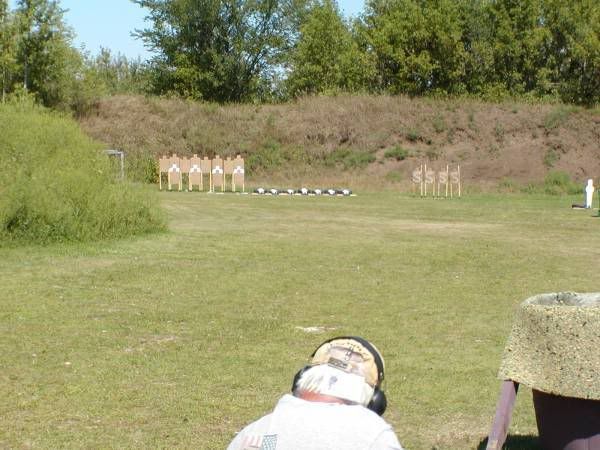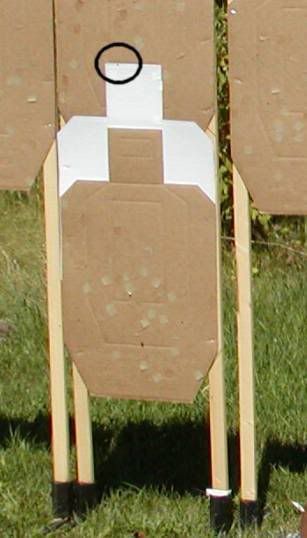If the majority of your shots will be 75-100 yards, then that's where I would wish to be sighted.
Then - shoot at other distances up to 200 yards to learn the trajectory of your particular load so you will know what to expect if a 200 yard shot presents itself, or even a 150 yard shot.
I do most of my coyote shooting at a 60 yard bait site, so I'm sighted "drop-dead on" at that distance. The other day I rechecked zero at 60, then put a target at 94 yards
(my 100 yard target due to range limitations) to get an idea of trajectory with my Bushmaster .223.
Every coyote I have taken here so far has been under 100 yards. I probably need to tweek the sighting a bit more to even up the two, bringing the impact a bit lower and to the left slightly.
Here's what it looked like. The center shot was a 60 yards, and the higher one at 94. There was
slightly over 1/2" difference. Both are still coyote-dead accuracy for the range where I do my hunting.

I would suggest you perhaps do similar by sighting in at the distance you do the most shooting,
and then get an idea of where the bullet will hit at various ranges. You can then adjust accordingly.





